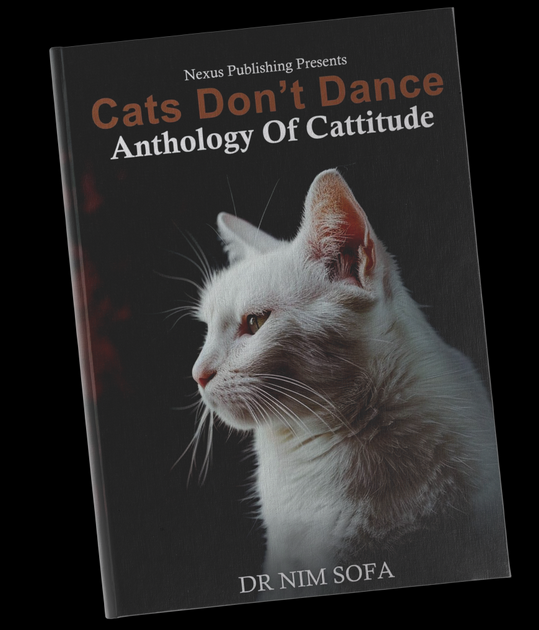
Ecology and cats might seem like an unusual mix, but together, they raise some important concerns. Cats, especially those that roam outdoors, can have a big effect on local ecosystems. As natural hunters, cats often go after small animals like birds, mice, and lizards. While this may seem harmless, it can seriously harm local wildlife populations. For this reason, cat owners are encouraged to be aware of their pets’ impact on nature and take steps to reduce harm—like keeping cats indoors or using enclosed outdoor spaces.
Finding a balance between caring for pet cats and protecting the environment isn’t easy, but it’s necessary. Cats are incredibly adaptable and can live in many different places. Some cats live safely indoors where they’re protected from dangers like traffic and wild animals. This is the best way to keep both cats and local wildlife safe. Others live in neighborhoods, where they may be indoor-outdoor cats with access to food, shelter, and open space. In rural areas, cats may live in barns or roam through fields, sometimes becoming more independent. Some cats, known as feral cats, live entirely without human care.
Feral cats are domestic cats that either grew up without human contact or returned to the wild. They often live in cities, rural areas, or even in natural environments like forests. Feral cats face many struggles, including finding food and shelter, avoiding dangers, and surviving the elements. These cats sometimes form colonies and can have a major effect on wildlife by hunting for survival. Because they aren’t owned by anyone, feral cats are harder to care for or manage. One common solution is the Trap-Neuter-Return (TNR) method, which involves trapping the cats, having them spayed or neutered, and returning them to the same location. This helps prevent new litters and slowly reduces the population.
Both pet and feral cats are expert hunters. They prey on birds, small mammals, reptiles, and even insects. In areas where many cats live, the impact on wildlife can be severe—especially when cats raid bird nests, causing a decline in eggs and baby birds. They can also compete with native predators for food and may spread diseases like toxoplasmosis or feline leukemia to other animals.
In the end, Cats Don’t Dance by Dr. Nim Sofa invites readers to reflect on the unique relationship between cats and the environment. The book encourages responsible pet ownership and highlights the importance of coexisting with nature—without forgetting our feline friends. Go grab your copy of this book on Amazon today!



